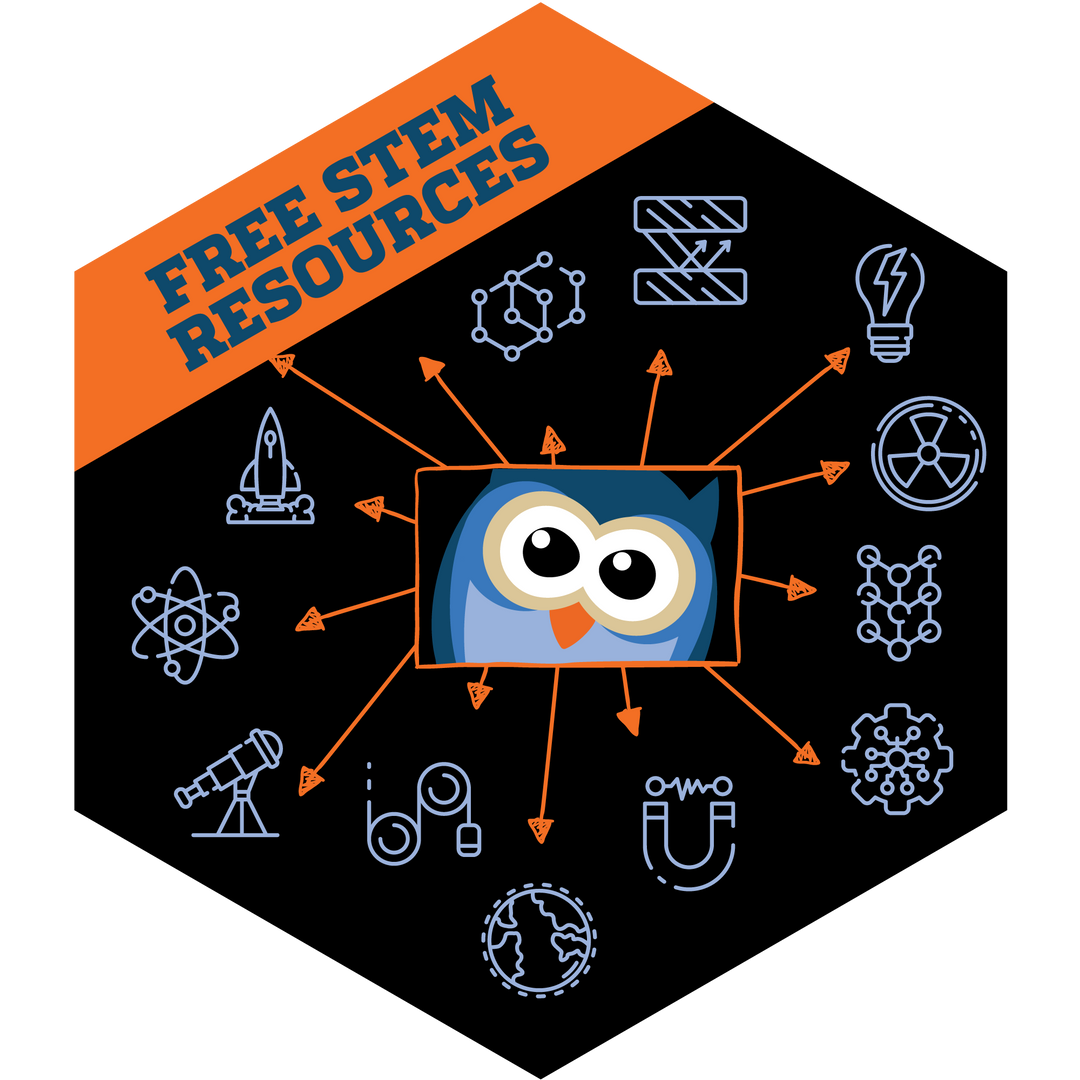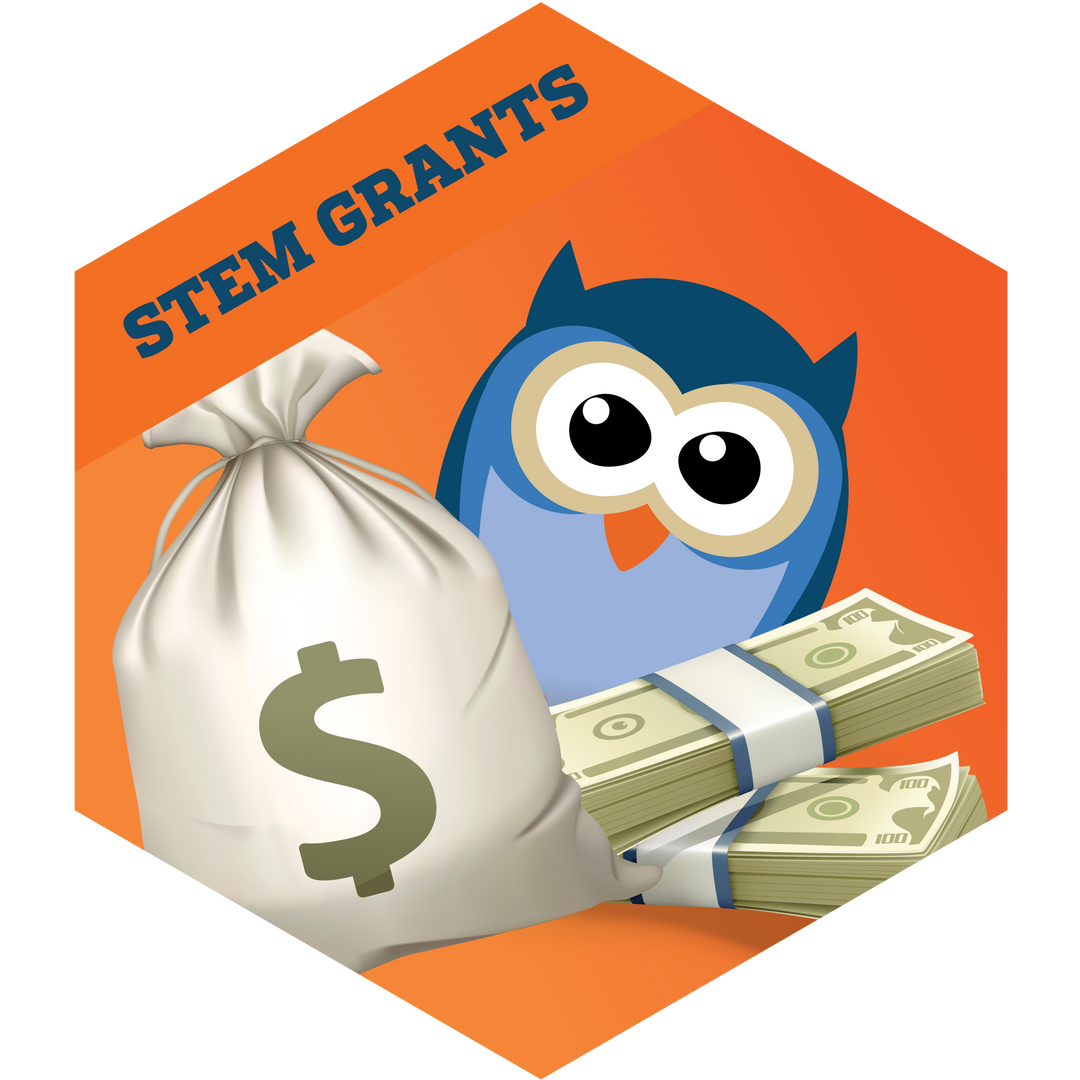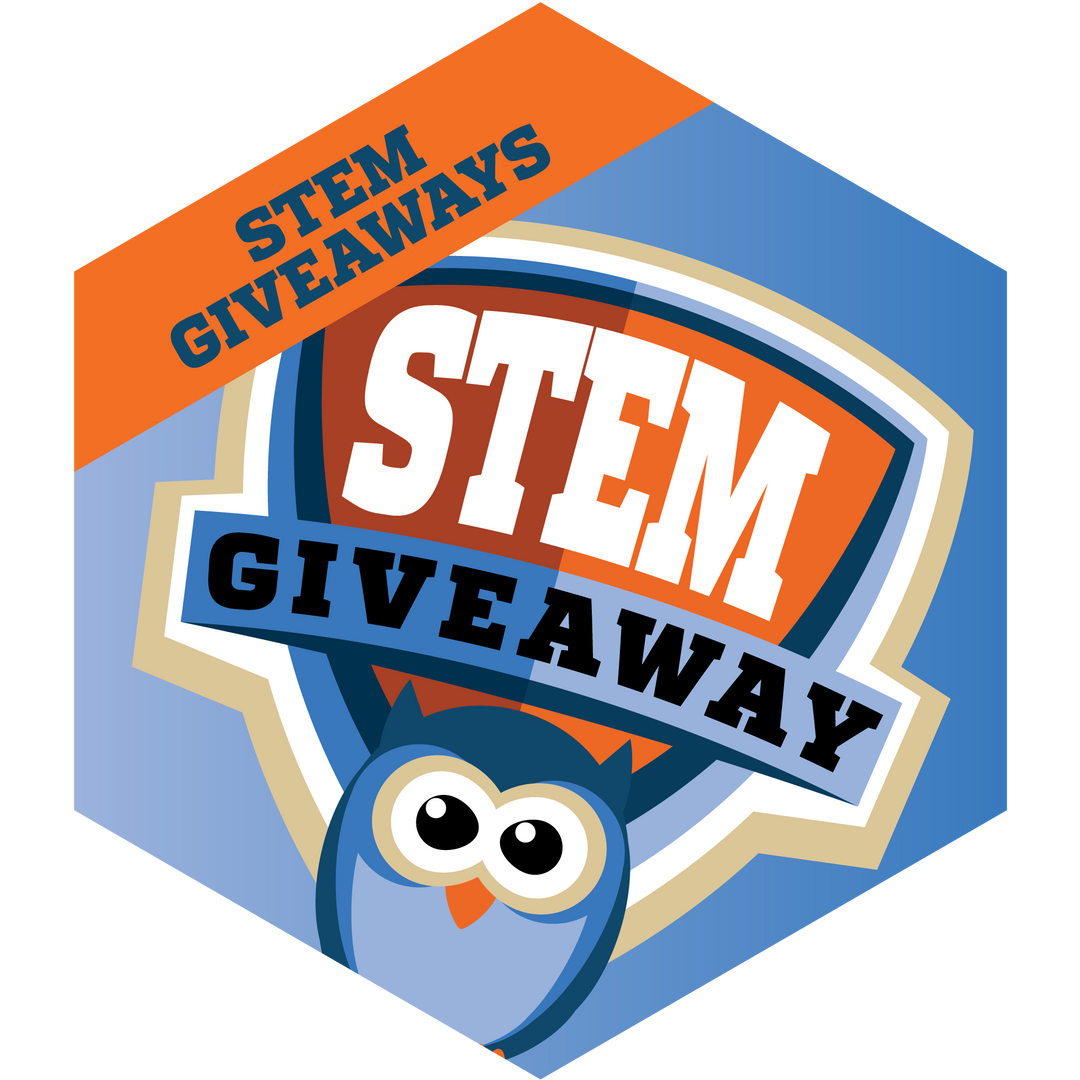Stereo Headphones NGSS & Common Core Standards Info
Stereo Headphones NGSS & Common Core Standards Info
NGSS
Engineering Design
HS-ETS1-2 Design a solution to a complex real-world problem by breaking it down into smaller, more manageable problems that can be solved through engineering.
Activity Applications
Engineer a solution to the crate’s Design Challenge (invent a sound amplifier using only materials from home) and answer the given design questions.
HS-ETS1-3 Evaluate a solution to a complex real-world problem based on prioritized criteria and trade-offs that account for a range of constraints, including cost, safety, reliability, and aesthetics, as well as possible social, cultural, and environmental impacts.
Activity Applications
Assess how well the headphones create stereo sound. Explore how prototypes from this crate and inventions throughout history were redesigned.
Energy
HS-PS3-3 Design, build, and refine a device that works within given constraints to convert one form of energy into another form of energy.
Activity Applications
Build headphones that convert electrical energy to sound. Use the headphones to listen to audio clips and experiment with sound.
Common Core
English Language Arts > History/Social Studies
RH.9-10.2 Determine the central ideas or information of a primary or secondary source; provide an accurate summary of how key events or ideas develop over the course of the text.
RH.11-12.2 Determine the central ideas or information of a primary or secondary source; provide an accurate summary that makes clear the relationships among the key details and ideas.
Activity Applications
Describe the progression of key inventions throughout history and how they developed into modern-day products.
English Language Arts > Science & Technical Subjects
RST.9-10.2 Determine the central ideas or conclusions of a text; trace the text's explanation or depiction of a complex process, phenomenon, or concept; provide an accurate summary of the text.
RST.11-12.2 Determine the central ideas or conclusions of a text; summarize complex concepts, processes, or information presented in a text by paraphrasing them in simpler but still accurate terms.
Activity Applications
Summarize and explain complex scientific concepts, from circuits to sound waves to mechanical equilibrium.
RST.9-10.3 Follow precisely a complex multistep procedure when carrying out experiments, taking measurements, or performing technical tasks, attending to special cases or exceptions defined in the text.
RST.11-12.3 Follow precisely a complex multistep procedure when carrying out experiments, taking measurements, or performing technical tasks; analyze the specific results based on explanations in the text.
Activity Applications
Refer to multi-part, highly technical instructions to construct and troubleshoot the project.
RST.9-10.4 Determine the meaning of symbols, key terms, and other domain-specific words and phrases as they are used in a specific scientific or technical context relevant to grades 9-10 texts and topics.
RST.11-12.4 Determine the meaning of symbols, key terms, and other domain-specific words and phrases as they are used in a specific scientific or technical context relevant to grades 11-12 texts and topics.
Activity Applications
Analyze diagrams and symbols, as well as acquire and use technical vocabulary related to sound and engineering (e.g. Geneva drive, stereo, switch).
RST.9-10.9 Compare and contrast findings presented in a text to those from other sources (including their own experiments), noting when the findings support or contradict previous explanations or accounts.
RST.11-12.9 Synthesize information from a range of sources (e.g., texts, experiments, simulations) into a coherent understanding of a process, phenomenon, or concept, resolving conflicting information when possible.
Activity Applications
Compare information in the text about stereo sound with observations from your own experiments.



